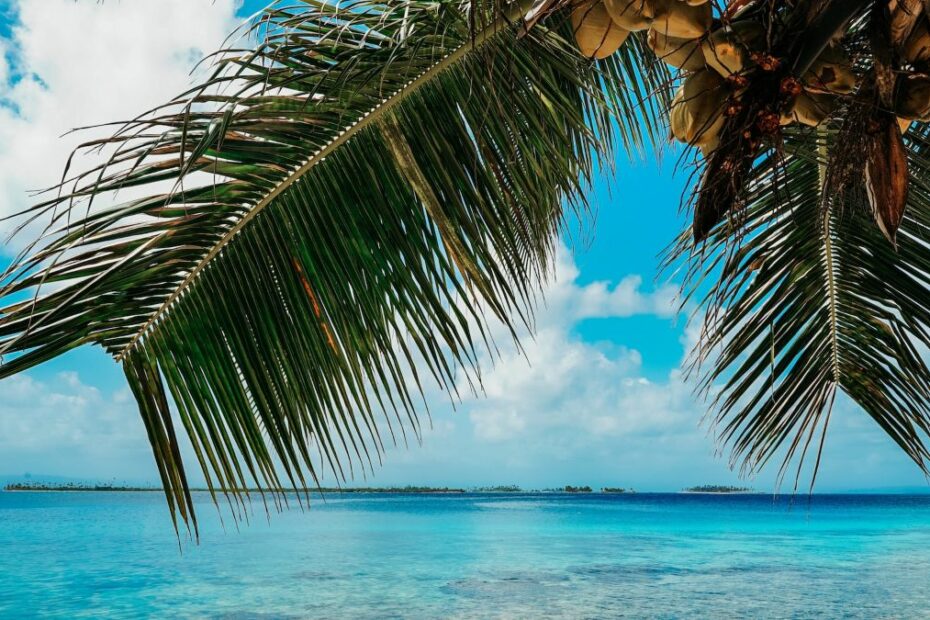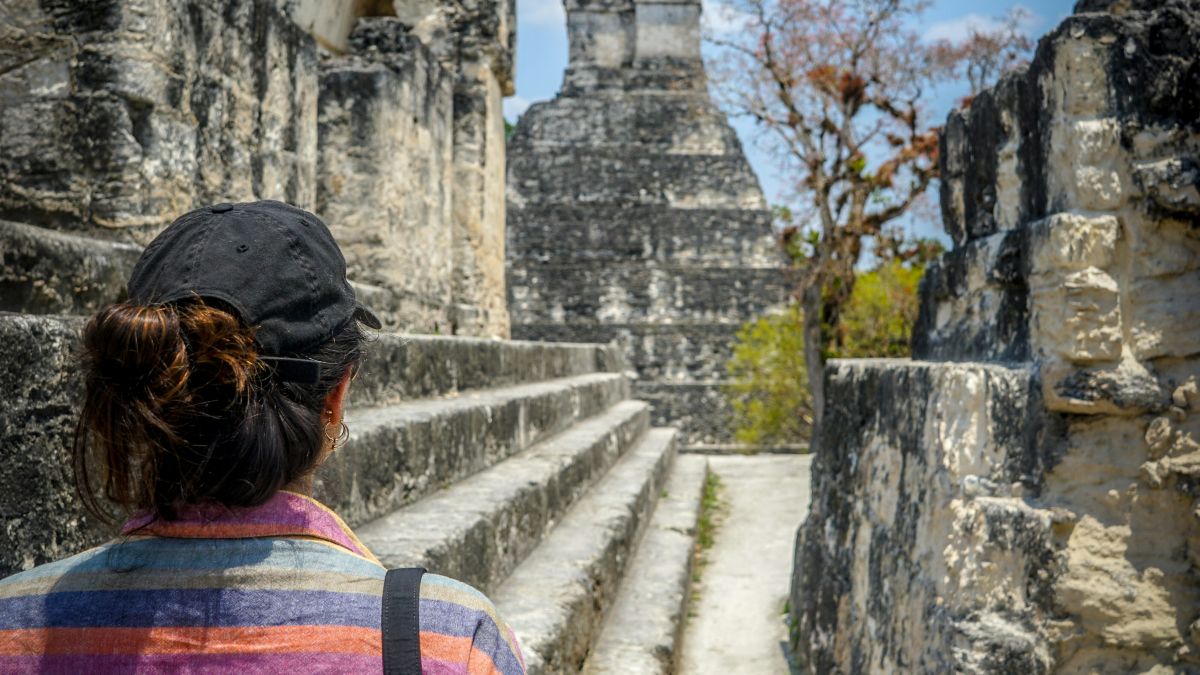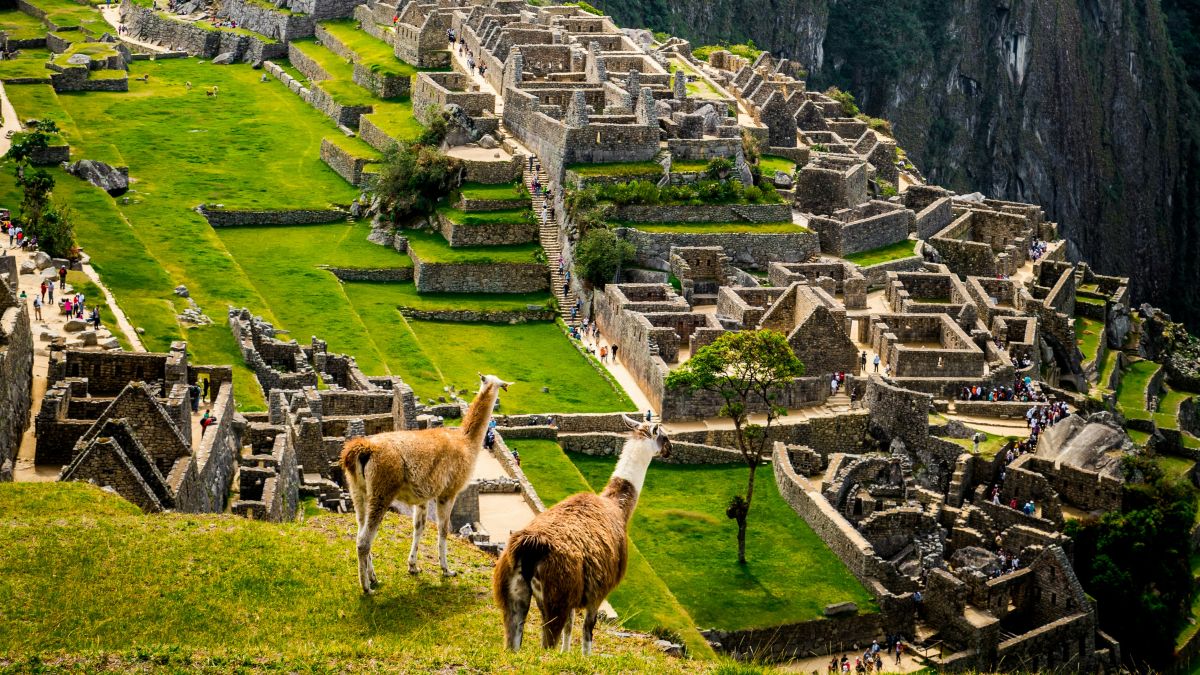Planning to retire abroad? Learn about retirement visas in Central America. Compare options from Belize to Panama and find your perfect tropical haven.
If you’re approaching retirement, it’s worth thinking ahead to what you’re going to do after work stops, when the grind is over. Will it be the comfort of your home town, where you’ve always lived, or is it time for an adventure? The kids are grown and long gone. You’re healthy and young at heart. Why not think about a brand new chapter? Why not think of settling down in a tropical location where cold weather and shoveling snow becomes nothing more than a bad memory?
The Appeal of Central America for Retirees
For many people in North America, the prospect of retiring abroad in Central America or the Caribbean is enticing. In Europe, retirees from the north flock to Spain, Portugal, Cyprus, and Greece. Americans and Canadians look south to Mexico, the Caribbean, and beyond.
Despite the rise of remote workers and digital nomadism in recent years that has brought an influx of younger expats seeking a tropical lifestyle, the fact remains most people moving abroad are retirees. We strongly support and welcome the culture of working online from wherever you want in the world, but it’s still a minority of people who actually do this. Chances are, if you’re planning to move abroad, you’re a retiree.
Central America is a great place for retiring abroad. The weather’s fantastic, the beaches are gorgeous, and the lifestyle is less expensive. You get way more bang for your buck down here than you can up there. And Central America is close and well-connected, making it convenient for getting back home whenever you need. That’s important for many retirees and why some Caribbean citizenship by investment programs like the Antigua and Barbuda one have been so popular. For more detailed comparisons of global residency and citizenship programs, including golden visa options, visit the Global Residence Index.
Country-by-Country Guide to Retirement Visas
What are the residency requirements when it comes to retirement visas in Central America? Most Central American countries offer a specific retirement (or pensionado) visa option. Below, we’ll take a look at each one.
Belize
Belize is a popular destination for Americans and Canadians looking at retiring abroad. It’s a Caribbean paradise without the expense of the islands. English is the official language, which makes it easier for many.
Retirement Visa Requirements and Process
The Qualified Retirement Program (QRP) is one of the best and most straightforward retirement visa programs for retirees in Central America. Unlike in other Central American countries, where the language barrier often necessitates legal assistance, in Belize you don’t need a lawyer to navigate your way towards QRP status. It’s run through the Belize Tourism Board and is, as we said, very straightforward.
You need to be 45 years old or older to qualify for QRP and able to prove a retirement income of at least $2,000 a month from outside of Belize. The other main requisite is you have to spend at least 30 consecutive days a year in Belize to keep your QRP status.
QRP costs a flat $1,000 to process plus an extra $750 per person for any dependents you might have. On top of that, there’s a $200 fee for your QRP card once approved and then it’s $25 per year to renew. After five years living in Belize under QRP, you can apply for permanent residency, which is key for future citizenship if you choose. You’re not entitled to work in Belize under QRP status.
Minimum Income Requirement Livability
A monthly income of $2,000 allows for a reasonably comfortable lifestyle in Belize.
Belize is often referred to as the Jewel of Central America. In this article, @luigiwewege from @CayeIntBank looks at some reasons why 🇧🇿https://t.co/q1pXgXSFtU
— Central America Living (@VidaAmerica) June 21, 2024
Costa Rica
Costa Rica is another popular spot for retirees in Central America. Retired expats make up the vast majority of North Americans and Canadians in Costa Rica. The town of Atenas, in particular, is a favored expat retiree spot.
Retirement Visa Requirements and Process
The pensionado residency category in Costa Rica requires applicants to prove a minimum monthly pension of $1,000. This can come from any kind of pension program, from government (social security/military) to private. As long as it adds up to at least $1,000 per month for life, you’re good to go.
It’s possible to go through the process of getting pensionado residency in Costa Rica on your own, without a lawyer. Especially if you speak Spanish. If you have more time than money, feel free to do this – the government fees involved add up to around $1,400 per person. But if you have more money than time – or you’re not inclined to navigate a sometimes frustrating minefield – then we recommend you use an immigration lawyer. This costs anywhere from around $1,000 on up.
Once you get your temporary pensionado residency in Costa Rica, you need to renew it every two years. After three years, you can apply for permanent residency. You’re not entitled to work in Costa Rica if you have pensionado residency status. You can run your own business, though, as long as you only administer it and don’t actually work (for example, if you own a restaurant, don’t serve tables or do any cooking).
Minimum Income Requirement Livability
While not impossible, the vast majority of retirees in Costa Rica will find it very difficult to live on $1,000 a month. If that’s truly the extent of your income, we’d recommend moving to another country instead of Costa Rica.
El Salvador
El Salvador isn’t known as an expat destination for retirees, but they’re trying to change that. President Bukele wants to open up the country to foreign tourism and attract expats looking for a sunny spot to live in. While El Salvador doesn’t go all out to attract retirees, they’ll be happy to have them. We’d imagine that currently, most retirees in El Salvador are people of Salvadoran descent living in the U.S. coming home for their golden years, though this is just an educated guess with nothing to back it up.
Retirement Visa Requirements and Process
To retire as a pensionado in El Salvador, you need to prove a permanent and stable pension from abroad of $1,095 per month. This is three times the minimum monthly wage ($365) in El Salvador, which is the official requisite. So bear in mind the $1,095 is not fixed and if the minimum salary goes up, so will the minimum pension amount.
The cost of pensionado residency in El Salvador is $140 per person for a one-year permit (after which you need to renew) or $260 for two years. After three years you can apply for permanent residency. If you speak Spanish, it’s simple enough to go through the residency process in El Salvador on your own. If not, you should use a lawyer.
Unlike other retirement residencies in Central America, El Salvador does allow you to work in a few instances. These instances include government work (whatever that is) or teaching. Any form of paid work outside these fields is prohibited.
Minimum Income Requirement Livability
A monthly income of $1,095 allows for a semi-comfortable lifestyle in El Salvador, although it’s becoming more challenging, especially in the capital city or in some of the better known beach communities.
If you are American or Canadian and looking for greater freedom…
Central America really provides a great balance of low tax, low cost of living, great weather, insane nature, and proximity to North America.
Underrated. pic.twitter.com/pHrawONN0X
— My Latin Life 🌴 (@MyLatinLife) May 2, 2024
Guatemala
Guatemala might not be the first destination in mind when thinking about retiring abroad, but you’d be surprised. There are substantial expat communities in Antigua and around Lake Atitlán.
Retirement Visa Requirements and Process
If you have a provable pension of at least $1,250 per month, you can get pensionado residency in Guatemala. It’s an easy enough process to go through, although don’t expect it to take the 15 days to process that they promise. Retirees with dependents (spouse and kids under the age of 25) can include them in their residency application as long as they can prove $300 per person per month in retirement income (for example, a couple will need $1,550 per month).
The cost of residency as a retiree in Guatemala is $400 per person, which is reasonable. The visa lasts for five years before you need to renew again. As a pensionado in Guatemala, you cannot undertake any paid work, although along the lines already mentioned above in Costa Rica, you can administer your own business.
Minimum Income Requirement Livability
A monthly income of $1,250 is generally sufficient for a comfortable lifestyle in Guatemala, as long as you’re not renting top notch colonial homes in the center of Antigua or a swanky Zona 10 condo in Guatemala City.
Honduras
Another country outside of the thoughts of most potential expat retirees is Honduras. If, though, you seek Caribbean islands to live on at bargain prices (bargain compared to many other Caribbean islands, that is), then Honduras might be for you. The islands of Roatán and, to a lesser extent, Utila both have vibrant retiree communities. One observation is Honduras seems to be rather popular with Canadian retirees and snowbirds.
Roatán also has an international airport with direct flights to and from North America, which makes things very convenient.
Retirement Visa Requirements and Process
The minimum monthly pension required for pensionado residency in Honduras is $1,500. Unlike most other countries, you need to use an attorney to get your residency – doing it on your own isn’t an option. Expect the whole process, including both attorney and government fees to cost around $2,500, and for it to take up to a year. Add $150 per person for dependents.
Once you have pensionado status in Honduras, you need to renew every year. After five years, you can apply for “immigrant status”, or permanent residency. Under regular pensionado residency in Honduras, you cannot work at all, but you can apply for permission to work at a cost of $200.
Minimum Income Requirement Livability
A monthly income of $1,500 provides a decent standard of living on mainland Honduras, but may be tight on the islands.
Honduras has a lot to offer, especially for people who love to scuba dive, but there are potential upsides for anyone who wants to work and live there.
In this article I break down how you get go about getting a Honduras residency.
https://t.co/URZAMZdogC— Mikkel Thorup | Author & Podcast Host (@ThorupMikkel) July 15, 2022
Nicaragua
Nicaragua is the cheapest country in Central America to live in and used to attract lots of expat retirees, many who found themselves priced out of life in more expensive Costa Rica. Then came the problems of 2018 and the flow of expats into Nicaragua dried up. It’s nowhere near where it used to be.
That said, politics aside, Nicaragua is still an option for anyone retiring abroad on a budget. They can live in tranquil colonial towns like Granada or León, or enjoy a beach community in San Juan del Sur. Nicaragua can still offer a great life.
Retirement Visa Requirements and Process
You need to prove a minimum pension of $1,000 per month and be 45 years or older (despite what you might read elsewhere, it’s not $600 a month anymore, and hasn’t been since 2019). Alongside Belize, Nicaragua is the only other country in Central America with a lower age limit to qualify as a pensionado. Getting residency is possible without a lawyer, but again, it’s one of those more-time-than-money versus more-money-than-time things. Up to you.
Without a lawyer, the government fees associated with getting this type of residency will come to around $700. Add another $700 to $1,000 to that amount to have a lawyer get your residency for you. Expect to wait up to a year to receive your residency (you’ll hear stories of people waiting longer than this.) If you have dependents, add $150 per month per person.
Once you have your residency, it’s good for five years before you need to renew, although you have to show each year that your pension status remains the same. As you need to prove a fixed pension in your initial application, this is not a problem to do. You also need to spend a minimum of 180 days a year in Nicaragua to maintain your status.
Pensionados in Nicaragua cannot work but they can operate their own businesses and hire locals to work for them. This form of residency in Nicaragua also offers a bunch of tax incentives, including duty-free import of household goods and vehicles.
Minimum Income Requirement Livability
A monthly income of $1,000 for a single person or $1,150 for a couple allows for a modest but comfortable lifestyle in Nicaragua, the cheapest country in Central America.
Panama
Along with Belize and Costa Rica (and to a lesser extent Nicaragua), Panama is by far the most popular country in Central America for North Americans retiring abroad. It’s safe and has an excellent infrastructure that appeals to many, especially the capital of Panama City.
Retirement Visa Requirements and Process
To qualify for residency as a pensionado in Panama, you need to prove a guaranteed lifetime pension of $1,000 per month. If you’re married, it could either be you or your spouse who receives this pension. Additional dependents will require $250 extra per month. This type of residency is open to all, regardless of whether you’re of “retirement age” or not.
Government fees for retirement residency in Panama come to a little over $600 dollars per person. As in Honduras, you need to use a lawyer – going alone isn’t an option. Expect to pay somewhere in the range of $1,000 to $2,000 for this. The process takes a little less than a year and you need to be present in Panama to submit and pick up your documents personally (then your lawyer does the rest).
The great thing about getting this type of residency in Panama is that it’s a one-and-done type of deal. Once approved, you don’t need to renew. It’s permanent as long as you spend a minimum of one day per year in Panama. You also get a range of perks like discounted public transport, hotel stays, restaurants, and so on.
Pensionados in Panama are not permitted to undertake any form of paid work in the country.
Minimum Income Requirement Livability
A monthly income of $1,000 is generally not sufficient for a comfortable lifestyle in Panama, especially in Panama City. If you really don’t have more than $1,000 per month, we’d recommend another country to retire in. That said, if you’re living a quiet life in the countryside, away from tourism hotspots, $1,000 per month could be doable – it depends on your lifestyle.
Are you looking for a reason or excuse to finally move to Panama? In this short article, Idaliz from @GuiraudLaw in Panama City offers up ten great reasons to consider Panama for your new home!https://t.co/O9QBn2aLWN
— Central America Living (@VidaAmerica) July 9, 2024
Comparing Retirement Visa Options in Central America
Choosing the best Central American country for retirement depends on your preferences and financial situation. For those seeking a lower cost of living while maintaining a decent standard of living, Nicaragua, Honduras, Guatemala, or El Salvador offer good options. More affluent retirees might prefer Costa Rica or Panama for their amenities and infrastructure. If you want to get your residency as easily as possible and with minimum hassle, Belize, Panama, and Nicaragua have the most straightforward processes.
Whichever country you choose for retirement, an adventure awaits. We hope you find your ideal destination in Central America, where your retirement dreams can become reality.
James Dyde is the editor of centralamerica.com. He lives in Escazu, Costa Rica.




